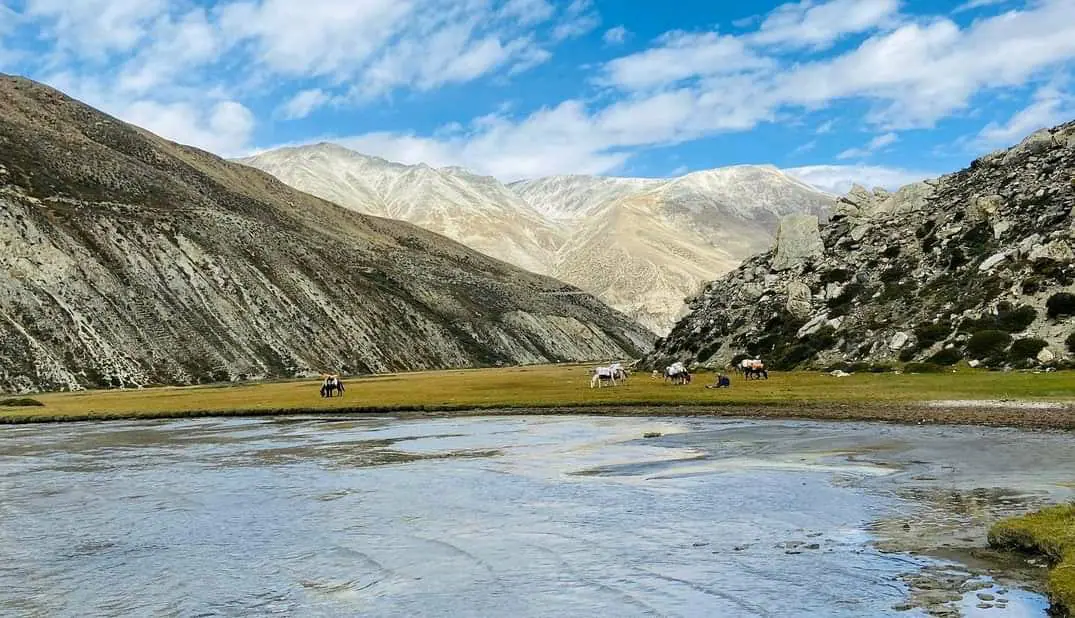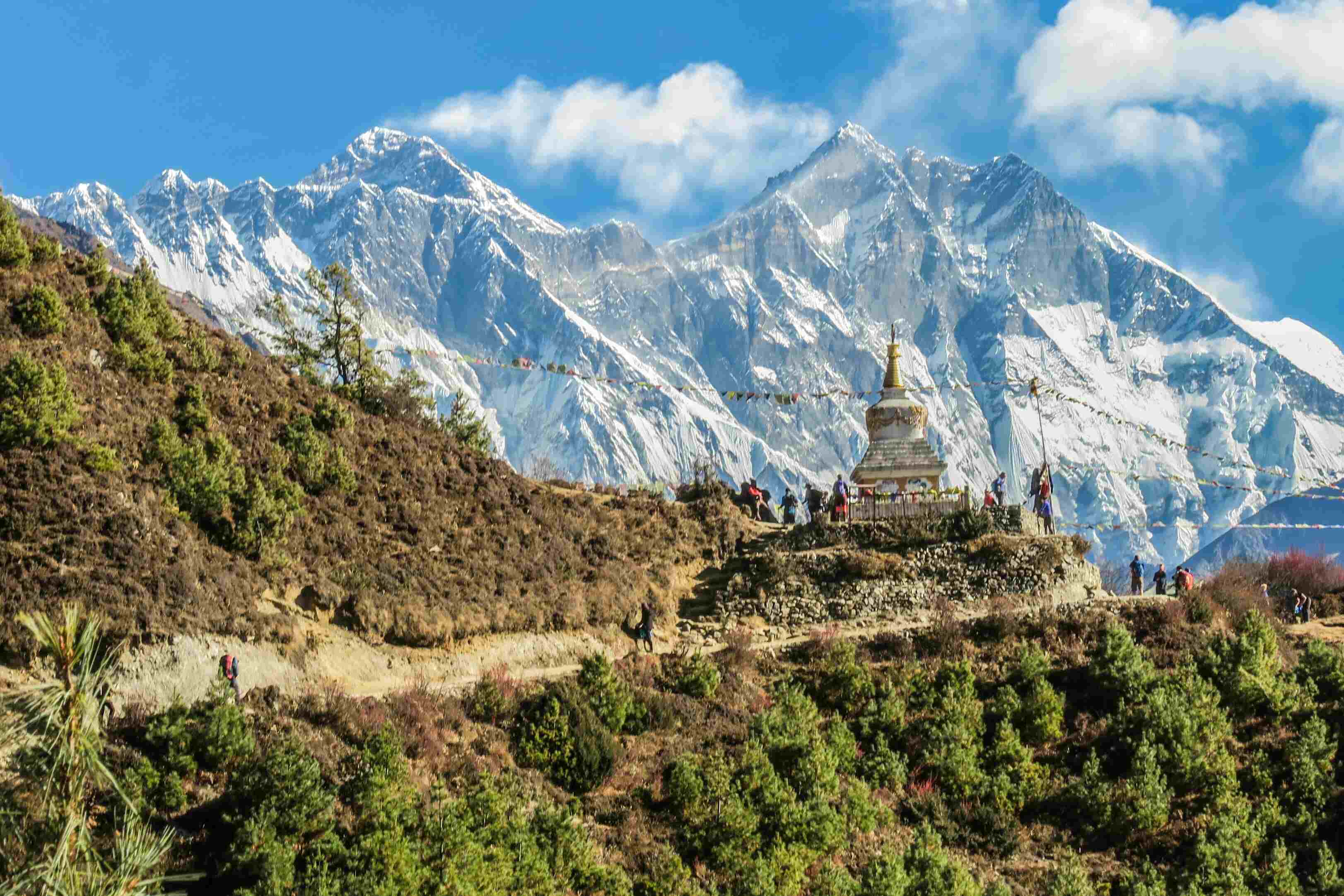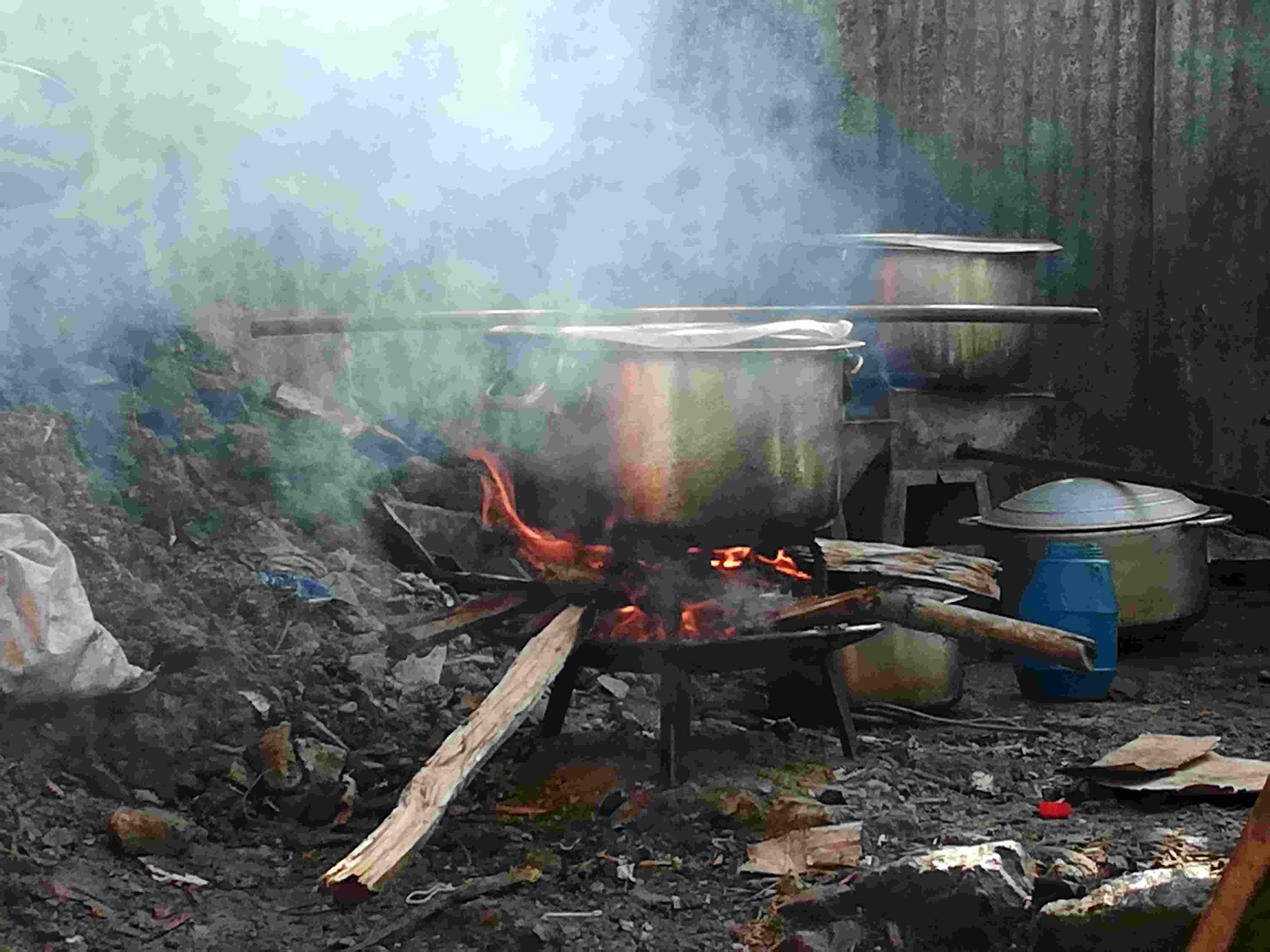Share this Article
Introduction
Nestled in the remote northwestern corner of Nepal, Humla District is a land where the rugged Himalayas meet the Tibetan Plateau. This isolated region, often overlooked by mainstream tourism, harbors a treasure trove of natural wonders and cultural heritage. Among its most intriguing features are the hidden salt lakes—mysterious bodies of water that have played a pivotal role in ancient trade routes and are steeped in local legends. These salt lakes not only served as vital resources for the indigenous communities but also as crossroads for trans-Himalayan commerce, linking Nepal with Tibet and beyond.
Geography and Formation of the Salt Lakes
Humla's salt lakes are primarily located in the upper reaches of the district, particularly in the Limi Valley and surrounding high-altitude terrains. These lakes are endorheic basins, meaning they have no outlet, causing water to evaporate and leave behind mineral-rich deposits. The high evaporation rates in this arid region result in the accumulation of salt and other minerals, giving these lakes their distinctive appearance and significance.
The formation of these lakes is a natural process influenced by the region's unique climatic and geological conditions. Over centuries, the interplay of evaporation, mineral deposition, and the region's topography has shaped these saline bodies of water, making them both a natural wonder and a cultural landmark.
Historical Significance in Trade
Historically, Humla served as a crucial node in the trans-Himalayan trade network. The salt lakes were not just natural phenomena but commodities that facilitated trade between Tibet and Nepal. Salt, a vital preservative and dietary staple, was abundant in Tibet but scarce in the lowlands of Nepal. Conversely, Nepal had an abundance of grain and other agricultural products. This imbalance led to the establishment of trade routes where salt from Tibet was exchanged for grain and other goods from Nepal.
One of the most notable trade routes passed through Humla, connecting Tibet to the lowlands of Nepal. Traders, often Tibetan nomads, would traverse these challenging terrains, carrying salt and wool from Tibet and returning with grain and other products from Nepal. This barter system was not just an economic activity but a cultural exchange that enriched both regions.
The salt lakes in Humla were integral to this trade system. They served as both sources of salt and landmarks along the trade routes. The presence of these lakes facilitated the establishment of settlements and trading posts, which became hubs of cultural and economic activity.
Cultural and Spiritual Importance
Beyond their economic value, the salt lakes of Humla hold deep cultural and spiritual significance for the local communities. The region is home to a diverse population, including Tibetan Buddhists, Hindus, and followers of the Bon religion. For these communities, the salt lakes are not mere geographical features but sacred sites imbued with spiritual meaning.
Local legends speak of deities and spirits residing in and around the lakes, and annual rituals are performed to honor these entities and ensure the prosperity and well-being of the community. These rituals often involve offerings, prayers, and pilgrimages to the lakes, reflecting the deep-seated reverence for these natural wonders.
The lakes also feature prominently in the region's oral traditions and folklore. Stories of mythical creatures, divine interventions, and historical events are passed down through generations, often centered around these lakes. This rich tapestry of myths and legends adds a layer of mystique to the already enigmatic salt lakes.
Ecological and Environmental Aspects
The salt lakes of Humla are unique ecosystems that support a variety of specialized flora and fauna. The high salinity levels create a challenging environment for most species, but certain hardy organisms have adapted to thrive in these conditions. These include specialized algae and microorganisms that contribute to the lakes' distinctive colors and ecological balance.
However, these delicate ecosystems are increasingly under threat due to climate change and human activities. Rising temperatures and changing precipitation patterns are affecting the hydrology of the region, leading to alterations in the size and salinity of the lakes. Additionally, increased human activity, including tourism and infrastructure development, poses risks to the ecological integrity of these lakes.
Conservation efforts are crucial to preserving these unique ecosystems. Local communities, often in collaboration with environmental organizations and governmental bodies, are working towards sustainable management practices that balance ecological preservation with economic development.
Modern-Day Relevance and Challenges
In the contemporary context, the salt lakes of Humla face numerous challenges. The traditional trade routes that once thrived are no longer in active use, primarily due to geopolitical changes and modern transportation networks. The decline of these trade routes has led to economic shifts in the region, with communities seeking alternative livelihoods.
Moreover, the allure of these hidden lakes has attracted trekkers and adventurers, leading to concerns about the environmental impact of increased tourism. While tourism can bring economic benefits, it also poses threats to the fragile ecosystems and cultural heritage of the region.
Addressing these challenges requires a multifaceted approach that includes sustainable tourism practices, community engagement, and policy interventions aimed at preserving the natural and cultural heritage of the salt lakes.
Conclusion
The hidden salt lakes of Humla are more than just geographical features; they are symbols of the region's rich history, cultural diversity, and spiritual depth. These lakes have witnessed centuries of trade, cultural exchange, and spiritual practices, serving as silent witnesses to the ebb and flow of human activity in this remote corner of the world.
As we look towards the future, it is imperative to recognize the value of these natural wonders—not only for their ecological and economic contributions but also for their role in preserving the cultural and spiritual identity of the communities that call Humla home. By fostering a deeper understanding and appreciation of the salt lakes, we can ensure that they continue to thrive for generations to come, maintaining their place in the tapestry of Nepal's diverse heritage.
Categories:
Travel & Tourism
Tags:
HiddenHumla
,
SaltLakesNepal
,
EcoTourismNepal







